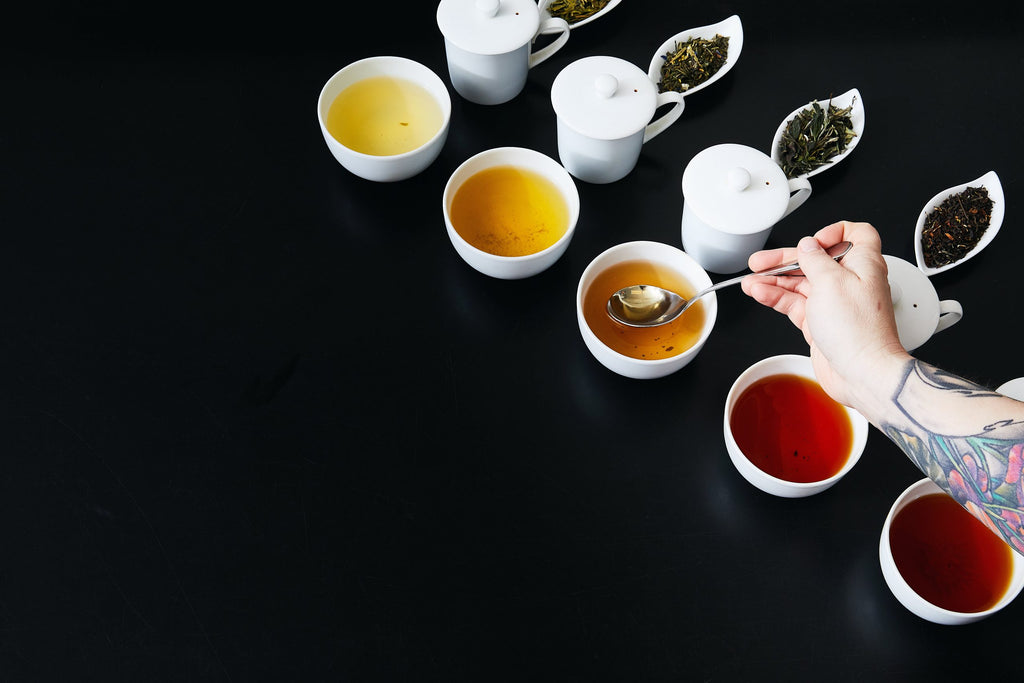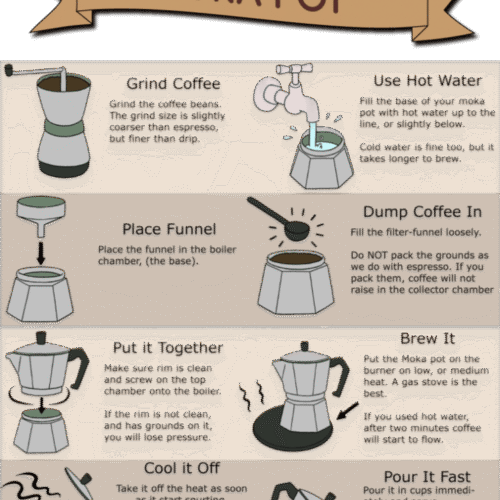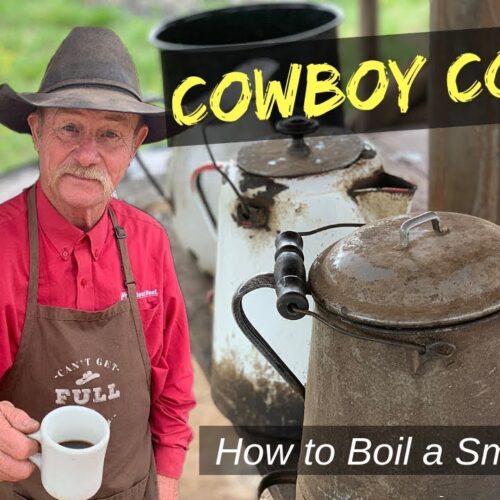A Chinese tea pet is a small pottery figurine kept by tea drinkers for good luck. They are traditionally made out of clay or porcelain and are placed on the tea table.
Tea pets can be in the form of animals, historic figures, or objects and are often used as decorations or good luck charms. Tea pets are “fed” tea by tea lovers, and as they are “fed,” they may change color or produce interesting phenomena like spitting or spraying water.
Purple clay tea pets, made in Yixing City, Jiangsu Province, China, are the most popular type of material used for tea pets. Copper, brass, and bronze are other materials used to make tea pets due to their oxidation and wear resistance. Tea pets are available for sale in various online stores and are a unique addition to any tea lover’s collection.
Essence Of Chinese Tea Pets
Chinese tea pets are more than just mere decorative figurines. They hold great significance in Chinese tea culture, symbolizing luck, prosperity, and companionship. These miniature clay or porcelain animals, historic figures, or objects are not only kept as decorations but are also “fed” tea by tea lovers. Let’s explore the significance, symbolism, purpose, and variations of Chinese tea pets.
Significance In Tea Culture
Tea pets hold an important place in Chinese tea culture. They are considered companions to tea drinkers during their tea sessions. Just like tea is infused with rich flavors, tea pets are believed to absorb the essence of the tea poured over them. Over time, they develop a unique patina as a result of continuous exposure to tea, making them more lively and beautiful.
Symbolism And Purpose
Chinese tea pets are not merely decorative items but symbolize various qualities and beliefs. They are believed to bring good luck, happiness, and prosperity to the tea drinkers. Their presence on the tea table creates a harmonious and auspicious atmosphere, enhancing the overall tea drinking experience. Tea lovers often enjoy the ritual of “feeding” their tea pet with tea, as it is believed to strengthen the bond between the tea drinker and the tea pet, fostering a sense of companionship and tranquility.
Variations Across Regions
Chinese tea pets vary in different regions, each with its own unique style and characteristics. One popular type of tea pet is made from purple clay, also known as Yixing clay, which is mainly produced in Yixing City, Jiangsu Province, China. Purple clay tea pets are highly valued for their exquisite craftsmanship and natural properties that enhance the flavor of the tea. Other materials such as porcelain, brass, bronze, and even metal are also used to create tea pets, offering a wide range of choices for tea lovers.
The variations in designs and forms of tea pets across regions reflect the rich cultural diversity of China and allow tea lovers to choose a tea pet that resonates with their personal preferences and beliefs.
Embrace the heartwarming tradition of Chinese tea pets and let their presence enrich your tea sessions with luck, companionship, and a touch of artistic beauty.

Credit: www.peets.com
Tea Pet Craft And Care
No tea session is complete without the companionship of a ‘tea pet’. These adorable clay figurines not only add a touch of charm to your tea table but also bring good luck to the tea-drinking experience. In this section, we will explore the craft and care involved in owning a tea pet, including the materials commonly used, the crafting process, and the maintenance and “feeding” rituals required to ensure their longevity.
Materials Commonly Used
When it comes to tea pets, various materials can be used to create these miniature companions. One of the most popular choices is purple clay, also known as Yixing clay. Purple clay tea pets, with their rich color and unique texture, are highly sought after by tea enthusiasts. However, tea pets can also be made using other materials such as clay, porcelain, brass, bronze, and even metal. Each material lends its own special characteristics to the tea pet, adding to its individuality and charm.
Crafting Process Of A Tea Pet
The crafting of a tea pet is a meticulous process that requires both skill and artistry. The clay or other chosen material is carefully shaped by the hands of skilled artisans, who bring the tea pet to life. From the smooth curves of a turtle to the intricate details of a dragon, each tea pet is a testament to the craftsmanship of its creator. Once the desired shape is achieved, the tea pet is then fired in a kiln to solidify and strengthen it. After the firing process, the tea pet is ready to be brought home and cherished as a faithful companion during tea sessions.
Maintenance And “feeding” Rituals
Like any cherished possession, tea pets require proper care and maintenance to ensure their longevity. Tea lovers often treat their tea pets as special guests, even going so far as to “feed” them tea. This feeding ritual involves pouring a small amount of tea over the tea pet during each tea session. Not only does this practice keep the tea pet hydrated, but it also adds a touch of symbolism to the tea-drinking experience. Additionally, regular wiping and cleaning of the tea pet are essential to prevent dust and dirt from accumulating and dulling its vibrant appearance.
Furthermore, some tea pets may change color or exhibit interesting water phenomena when hot water is poured over them. These unique characteristics can be maintained by rinsing the tea pet with warm water after each use, allowing it to retain its enchanting properties.
Overall, the craft and care involved in owning a tea pet add an extra layer of meaning and joy to the tea-drinking experience. By selecting the right material, appreciating the intricate crafting process, and practicing proper maintenance and feeding rituals, tea lovers can ensure that their tea pets bring both charm and good fortune to their tea sessions for years to come.
The Art In Every Pour
Chinese Tea Pet: Unveiling the Ancient Art of Tea Companionship
Interaction With Tea
When it comes to enjoying a cup of tea, there is more to the experience than just the beverage itself. Chinese tea culture embraces the concept of tea pets, small clay figurines that play a role in the tea brewing process. These tea pets, also known as Chachong, are placed on the tea table and interact with the tea, creating a unique and meaningful experience for tea enthusiasts.
As you pour hot water over the tea leaves, the tea pets come to life. Some tea pets are made with a hollow structure, allowing them to spit or spray water after pouring hot water. This fascinating phenomenon adds an element of surprise and entertainment to the tea brewing ritual. The tea pets change color and become lifelike, creating a visually captivating experience that engages all the senses.
Rituals Enhancing The Tea Experience
In addition to the interaction with the tea, tea pets are also a part of a larger ritual that enhances the tea experience. Tea lovers take great care in selecting their tea pets, often choosing figurines that hold personal significance or reflect their interests and beliefs. Placing the tea pet on the tea table symbolizes the start of a special moment of communion with the tea.
Tea pets are not just passive observers, but active participants in the tea ritual. They are “fed” tea by tea lovers, pouring drops of tea over them, as a gesture of appreciation and respect. This act of “feeding” the tea pets imparts positive energy, luck, and good fortune. It is believed that the more tea a tea pet receives, the happier and luckier it becomes, further strengthening the bond between the tea lover and the tea pet.
Chinese Tea Pet: Unveiling The Ancient Art Of Tea Companionship
The art of tea companionship dates back centuries in Chinese culture, where tea pets were introduced as symbols of good luck and companionship. These small pottery figures hold a special place in the hearts of tea drinkers, fostering a sense of connection and harmony between the tea enthusiast and the tea itself.
Tea pets are not just ornaments or decorations; they have a deeper purpose. Each tea pet carries a unique symbolism, representing different qualities or aspirations. From playful cats to wise turtles, every tea pet tells a story and adds depth to the tea drinking experience.
Nowadays, tea pets have become increasingly popular among tea enthusiasts around the world. They are not just collectibles but cherished companions on the tea journey, bringing joy, luck, and an appreciation of the artistry and tradition of Chinese tea culture.
Collecting Tea Pets
Tea pets are charming clay figurines that have become an integral part of the tea-drinking experience in Chinese culture. These adorable companions, also known as Chachong, are believed to bring good luck and enhance the enjoyment of tea rituals. If you’re interested in starting a tea pet collection, there are a few things to consider. In this blog post, we will explore the art of collecting tea pets, the considerations for curators, and the popular types of tea pets and their meanings.
Beginning A Collection
When starting a tea pet collection, it’s important to approach it with enthusiasm and an open mind. Here are a few tips to get you started:
- Research: Familiarize yourself with the history of tea pets, their significance, and the different types available. This will help you appreciate the artistry and make informed decisions.
- Choose a Theme: Consider selecting a specific theme or style for your collection, such as animals, mythical creatures, or traditional Chinese figures. This will give your collection a cohesive and visually pleasing look.
- Variety: Aim for a diverse collection that includes different materials, colors, and sizes. This will add visual interest and showcase the versatility of tea pets.
- Quality: Look for tea pets made with craftsmanship and attention to detail. High-quality clay or porcelain tea pets will not only be aesthetically pleasing but also more durable.
- Personal Connection: Select tea pets that resonate with you personally. Whether it’s a particular animal or a design that holds special meaning, choosing tea pets that speak to you will make the collecting experience more meaningful.
Considerations For Curators
Curating a tea pet collection requires thoughtful decision-making and care. Here are a few considerations to keep in mind:
- Display and Care: Tea pets should be displayed in a prominent place where they can be admired. Consider using a tea pet tray or a dedicated shelf for showcasing your collection. Ensure proper care by gently cleaning the tea pets with warm water and a soft cloth.
- Airy and Dry Environment: Tea pets are made of clay or porcelain, which can be sensitive to moisture. It’s crucial to keep them in a well-ventilated and dry environment to prevent mold or damage over time.
- Regular “Tea Feeding”: Tea pets thrive on the tea leaves’ essence absorbed during brewing. Regularly “feed” your tea pets by pouring leftover tea or rinsed tea leaves over them, allowing them to absorb the tea’s energy.
- Purchase Authentic Tea Pets: To ensure you’re getting genuine tea pets, purchase from reputable sellers and stores. Authentic tea pets will have a distinctive quality and craftsmanship that adds value to your collection.
Popular Types And Their Meanings
Tea pets come in various shapes, sizes, and materials, each carrying its own unique meaning. Here are a few popular types and their symbolic significance:
| Type | Meaning |
|---|---|
| Purple Clay Tea Pets | Symbolize fortune, luck, and prosperity. These clay tea pets are made using purple clay from Yixing, known for its exceptional quality and ability to enhance the flavor of tea. |
| Turtle Tea Pets | Represent longevity, wisdom, and stability. These tea pets are often crafted in the shape of turtles, which have significant symbolism in Chinese culture. |
| Antique Tea Pets | Evoke nostalgia and a sense of cultural heritage. Antique tea pets may feature traditional Chinese designs or depict historical figures, bringing a touch of history to your collection. |
| Cat Tea Pets | Symbolize protection, good fortune, and playfulness. Cat tea pets are adored for their mischievous expressions and are believed to bring joy and positivity to your tea sessions. |
Remember, the meanings assigned to tea pets may vary depending on personal beliefs and cultural interpretations. Ultimately, collecting tea pets is a delightful journey that allows you to express your personality, deepen your connection to tea culture, and surround yourself with charming companions.
Enriching The Tea Tradition
Chinese tea pets are a delightful addition to the ancient tradition of tea drinking. These small clay figurines bring not only visual appeal but also a sense of playfulness and charm to the tea table. Incorporating tea pets into modern tea practices, understanding their role in tea ceremonies, and sharing the tradition with others all contribute to enriching the tea tradition.
Incorporating Tea Pets Into Modern Tea Practices
Tea pets have become increasingly popular among tea enthusiasts as they add a touch of personality and fun to the tea-drinking experience. By placing a tea pet on the tea table, it becomes a companion during tea sessions. Tea pets are not merely decorative; they are interactive elements that can enhance the connection between the tea drinker and the tea itself.
When hot water is poured over the tea pet, it undergoes a magical transformation. As the tea is brewed, the tea pet may change color, ooze water, or even release a mist. These reactions are not only fascinating to watch but also serve as a reminder of the presence of the tea pet and the importance of mindfulness in tea drinking.
Tea Pets’ Role In Tea Ceremonies
In traditional Chinese tea ceremonies, tea pets play a significant role. They are believed to bring good luck, fortune, and positive energy to the tea session. Tea masters carefully choose tea pets that align with the theme and ambiance of the ceremony, further enhancing the overall experience.
During a tea ceremony, the tea pet acts as a vessel for blessings. Tea lovers will pour a small amount of brewed tea over the tea pet as a gesture of gratitude and respect. This ritual strengthens the connection between the tea, the tea pet, and the person hosting the ceremony.
Sharing The Tradition With Others
One of the most rewarding aspects of owning a tea pet is the ability to share this tradition with others. By introducing tea pets to friends, family, and fellow tea enthusiasts, you can help preserve and pass on this unique part of Chinese tea culture.
Sharing the tea pet tradition goes beyond simply showcasing the figurines. It involves explaining their significance, the rituals associated with them, and the joy they bring to tea drinking. By encouraging others to incorporate tea pets into their tea practices, you can inspire a deeper appreciation for tea’s rich cultural heritage.
Frequently Asked Questions For Chinese Tea Pet
What Is A Chinese Tea Pet?
A Chinese tea pet is a small clay figurine traditionally placed on a tea table for good luck. It can be shaped as an animal, historic figure, or object. Tea lovers “feed” the tea pet by pouring tea over it.
Some popular materials for tea pets include purple clay, porcelain, and even metal like brass or bronze.
Can Tea Pets Be Metal?
Yes, tea pets can be made of metal, such as brass or bronze, in addition to clay or porcelain. They are small pottery figures or decorations kept by tea drinkers for good luck or as charms. Some tea pets even have a hollow structure that produces interesting water phenomena when hot water is poured over them.
Can Tea Pets Be Brass?
Tea pets can be made of various materials, including brass. Brass tea pets are commonly made from materials such as brass and bronze, which are resistant to oxidation and wear.
Are Tea Pets Hollow?
Tea pets can have a hollow structure, which allows them to create interesting effects like spitting and spraying water when hot water is poured over them.
Conclusion
In Chinese tea culture, the tea pet is more than just a decorative figurine on the tea table. It holds symbolism and meaning, serving as a companion during tea sessions. Traditionally made out of clay or porcelain, tea pets are believed to bring good luck and fortune to the tea drinker.
Whether it’s a cat, dog, or even a turtle, these adorable tea companions have become a popular obsession among tea lovers. So why not add a tea pet to your collection and enhance your tea-drinking experience with a touch of charm and tradition?








